
Reducing waste across the Defence estate
Category: Social Responsibility (Charity/ Volunteering/Environmentalism)

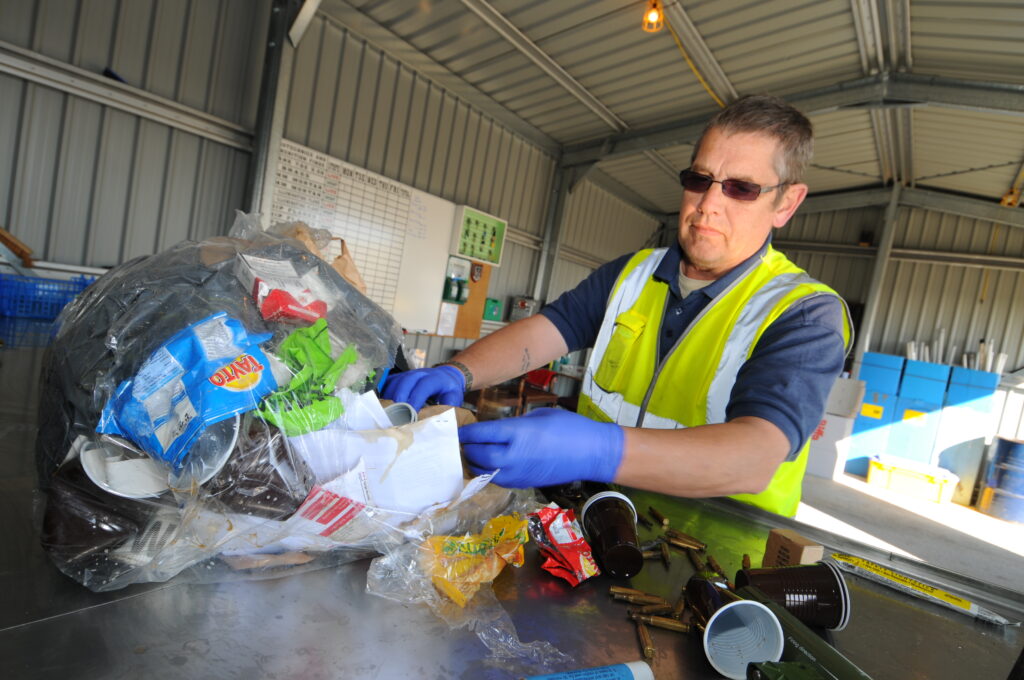 Keeping the Defence estate clean [Copyright Landmarc Support Services Limited, 2018]
Keeping the Defence estate clean [Copyright Landmarc Support Services Limited, 2018]
21st Sepemeber marked the start of Recycle Week. We all play an important part in recycling as individuals in our own homes and in our work lives, with that in mind, I’d like to highlight some of the excellent work that has happened to support recycling across the UK Defence estate.
Recycling and waste management is part of the Government’s strategy to reduce greenhouse gas emissions in the UK to zero by 2050. In support of this, the MOD has a sustainability strategy, which lays out how Defence will reduce carbon and greenhouse emissions across all areas of the Defence estate. This is something that we must all do to protect the environment, support sustainability and become carbon neutral by 2050.
We’ve already made a positive start by building infrastructure in the most effective, efficient and most sustainable way possible. Here are some examples of where we are increasing recycling and re-using materials that would be considered as waste and sent to landfill.
Landmarc's support to recycle waste
Our partner Landmarc undertakes recycling activities across the Defence estate. For example, at Westdown Camp on Salisbury Plain, the team identified huge numbers of unused hexamine cookers that would have been disposed of after exercises. The team re-packed and returned the cookers to our supply chain. In seven months alone, 2,280 stoves were diverted from waste, avoiding unnecessary disposal costs.
The team at Landmarc also delivers training to their staff across the UK who handle waste. This helps to spread the message about the importance of recycling.
Minimising waste through the Army Basing Programme
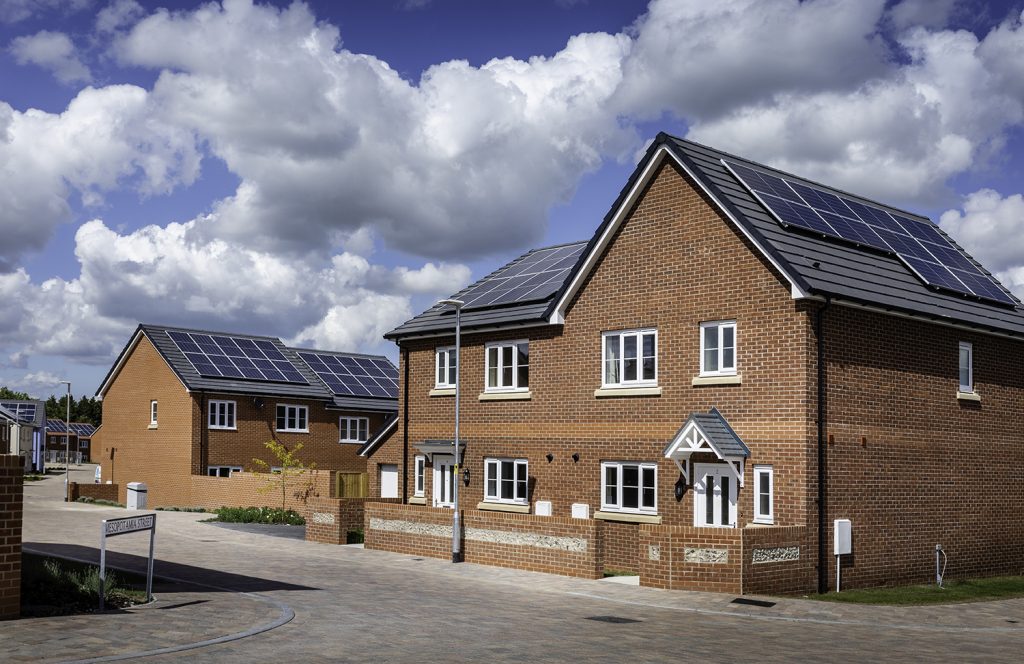
At Bulford, Larkhill, Perham Down and Tidworth garrisons, photovoltaic panels cover 5,920m3 of roofing, potentially providing 508,798 kilowatt hours of electricity annually – enough to power 135 homes. Unused energy is exported to the garrison’s private networks for reuse in other buildings. Water leakage rates have been reduced and water efficient fittings have been incorporated to buildings including, low flush toilets and sustainable drainage systems.
Waste generation has also been minimised across the Army’s estate with 100% of non-hazardous demolition waste crushed and reused on-site for building construction. At Perham Down, around 15,000m3 of excavated material was recently re-used to level new sports pitches. This avoided around 3,000 lorry journeys to transport material to local landfill.
Waste at Worthy Down
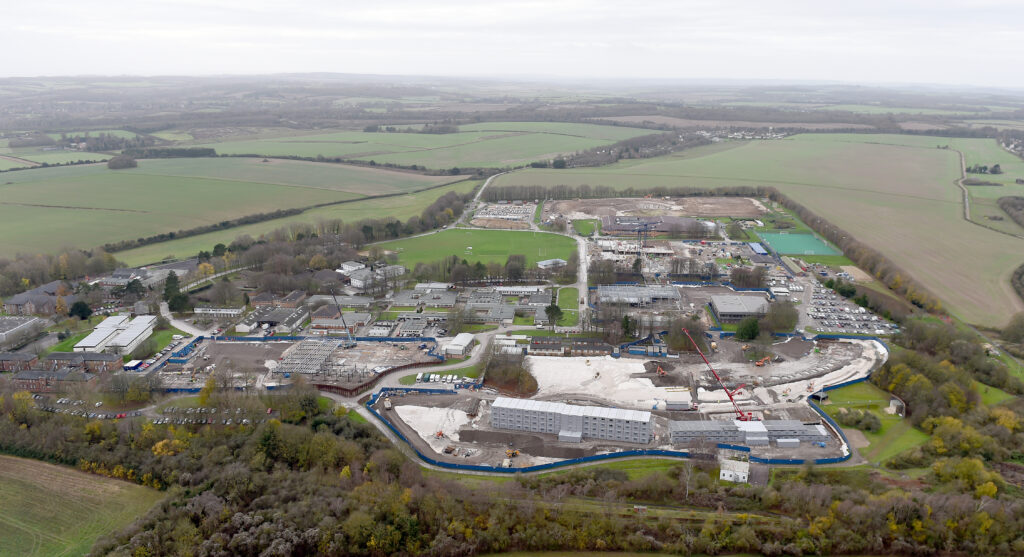 An aerial view of work underway at Worthy Down [Crown Copyright/MOD2016]
An aerial view of work underway at Worthy Down [Crown Copyright/MOD2016]
Project Wellesley is creating world-class tri-service training facilities for military personnel at Worthy Down and Mindenhurst, a residential development at the former Princess Royal Barracks at Deepcut. Since February 2020, the work at Worthy Down has diverted 5850m3 of waste from landfill to construction. Our industry partner, Skanska, has also re-used 2500m3 of construction waste for temporary roads on the site.
Re-constructing the Northern Ammunition Jetty
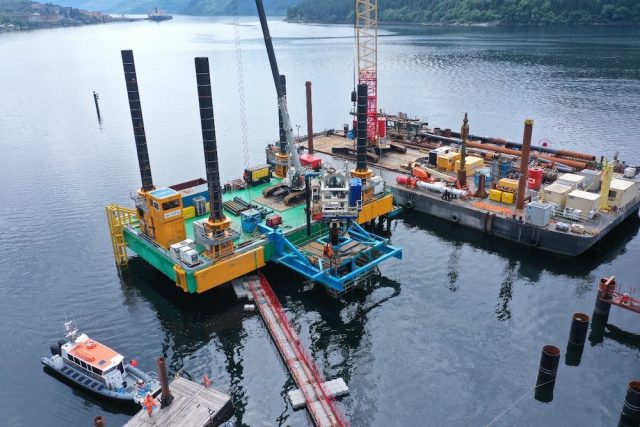 The jetty will be used by the Royal Navy's existing vessels and is being refurbished to make it suitable for the new aircraft carriers [Crown Copyright/MOD2020]
The jetty will be used by the Royal Navy's existing vessels and is being refurbished to make it suitable for the new aircraft carriers [Crown Copyright/MOD2020]
The Northern Ammunition Jetty at Loch Lomond, Scotland has recycled over 1,012 tonnes of waste and materials have been re-used to re-construct the jetty. Waste is transported on barges to recycling facilities on the Clyde reducing the amount of waste moved by road.
Reducing construction materials at HMNB Clyde
The Submarine Escape, Rescue Abandonment and Survival Project at HMNB Clyde has an earth retaining wall running the length of the site, which was constructed using site-won material. This helped to reduce the amount of materials needed for the construction of the wall.
Producing engineering materials from waste at RAF Marham
Project Anvil was a major infrastructure project to improve existing facilities at RAF Marham ahead of the arrival of the F-35B Lightning aircraft. The project involved crushing and processing excavated materials to produce engineering materials. It also diverted 100% of excavated materials from landfill, with 320,000 tonnes being re-used on-site.
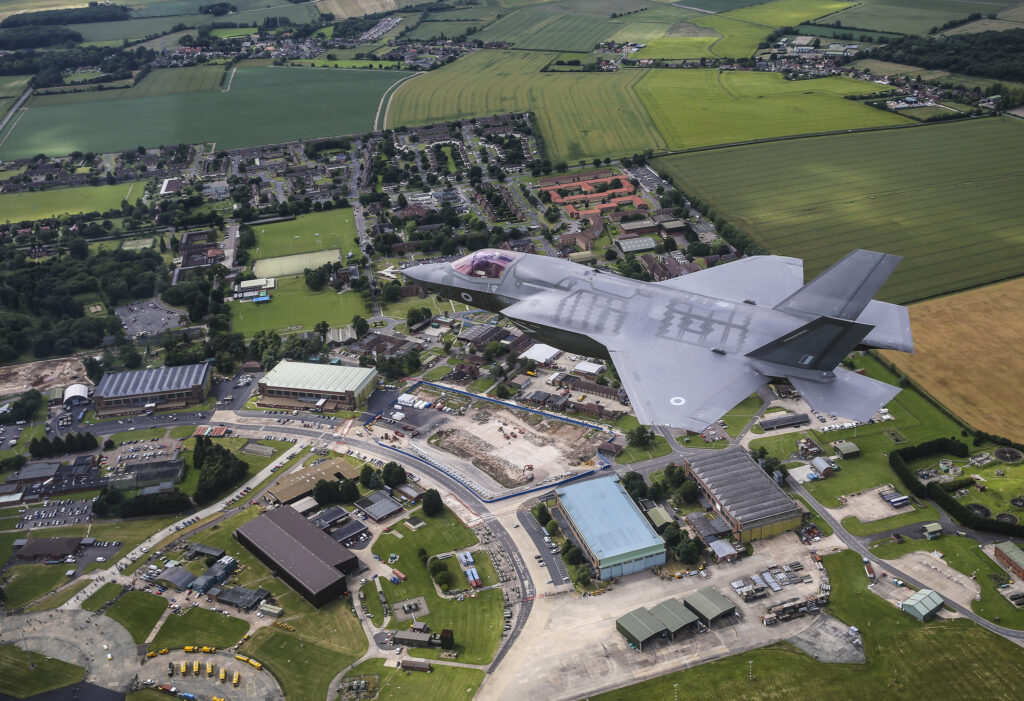 An RAF F-35B flying over RAF Marham. [Crown Copyright/MOD2016]
An RAF F-35B flying over RAF Marham. [Crown Copyright/MOD2016]
The MOD is committed to reducing waste and ensuring that from the start of every construction project, recycling and sustainability is considered. Keep an eye out on our blog for other projects where we’ve re-used and recycled materials.
Learn more about this employer
Defence Infrastructure Organisation
Inclusive features
- No matching inclusive features


Thank you for registering on VERCIDA - the leading job site for companies that are passionate about diversity and inclusion.
- Check out our client profiles to get the latest on their DE&I credentials
- Look out for client benefits next to all our job specs
- Sign up for job alerts to keep up to date on new roles as they come in
- Search 1000s of roles from the biggest brands
Please proceed to the next step. If you are unable to complete the next stage of application please use the contact form HERE.

 Help us find the best workplace for you by sharing more about yourself.
We will never disclose your information with others.
Help us find the best workplace for you by sharing more about yourself.
We will never disclose your information with others.